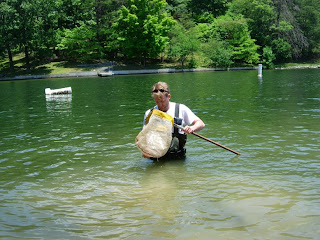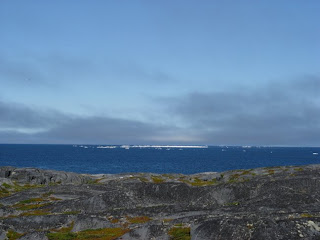The very first post here was called “My grad student made me do it“, and explained that a then-newly-arrived PhD student in my lab was a blogger and got me interested in blogging. He is still a blog author, and most recently has posted a very enjoyable series about his travels from more or less the bottom to the top of the USA/Canada parts of North America looking for aquatic creatures. I personally did not get to go anyplace exciting this summer, but it has been great having the option to live vicariously, especially as he was most recently at one of the coolest (literally?) places on Earth: Devon Island in the high Arctic. Follow his adventures:
Florida to Guelph:
- Part I, Day 1
- Part I, Day 2
- Part I, Day 3
- Part I, Day 4
- Part I, Day 5
- Part I, Day 6
- Part I, Day 7
- Part I, Day 8
- Part I, Day 9
- Part I, Day 10
- Part I, Day 11
- Part I, Day 12
- Part I, Day 13
- Part I, Day 14
- Part I, Day 15
- Part I, Day 16
- Part I, Day 17
Guelph to Thompson:
- Part II, Day 1
- Part II, Day 2
- Part II, Day 3
- Part II, Day 4
- Part II, Day 5
- Part II, Day 6
- Part II, Day 7
- Part II, Day 8
- Part II, Day 9
- Part II, Day 10
Churchill:
- Part III, Day 1
- Part III, Day 2
- Part III, Day 3
- Part III, Day 4
- Part III, Day 5
- Part III, Day 6
- Part III, Day 7
- Part III, Day 8
- Part III, Day 9
- Coming soon
Resolute and True Love:
- Coming soon






